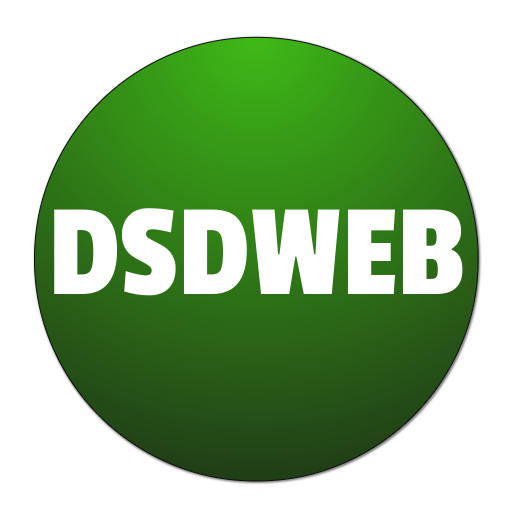This page is designed to answer the following questions:
- 10.2e List ways in which the likelihood of abuse can be reduced by managing risk and focusing on prevention (Care Certificate, Standard 10: Safeguarding adults)
- 5.3 Outline how the likelihood of abuse can be reduced by managing risk and focusing on prevention (Level 2 Diploma in Care, Safeguarding and protection in care settings)
- 5.3 Outline how the likelihood of abuse can be reduced by managing risk and focusing on prevention (Level 3 Diploma in Adult Care, Safeguarding and protection in care settings)
NOTE: This page has been quality assured for 2023 as per our Quality Assurance policy.
In previous sections, we have looked at how abuse and neglect can be prevented by using person-centred practice, active participation, promoting choice, empowering individuals with knowledge and having an accessible complaints procedure. In this section, we will look at how the likelihood of abuse occurring in a care setting can be reduced by managing risk and focusing on prevention.
Risk enablement
When thinking about risks, it is necessary to balance the risks against the rights of the individual.
Risk enablement is a person-centred approach that takes into account person-centred values such as respect and choice. It involves supporting individuals that are receiving care to collaborate on the assessment of their own risks and make their own decisions, rather than care staff making decisions on their behalf.
For example, it may be suggested to an individual that has mobility issues that care staff are employed to help them to shower or bathe. The individual may not feel comfortable with this and express that they would like to continue to bathe themselves but they identify risks such as difficulty getting to the bathroom and getting into the bath. The care staff would then work with them to identify solutions that can maintain their independence, such as having a walk-in bath fitted in a downstairs room or staff assisting them to get into the bath wearing a gown and then leaving them to wash alone. It may be that additional safeguards are needed such as an alarm if the individual gets into difficulty but this would be judged on an individual basis. This helps to maintain the individual’s dignity and respects their privacy as well as offering choice and independence, therefore reducing the likelihood of abuse.
By having control over their support, individuals can develop the confidence to make sure that their voice is heard and are much more likely to report unsafe practices or other things that they are not happy with. This empowerment of individuals can result in them being less vulnerable to abuse.
Organisational policies
Organisational policies such as the provision of staff with safeguarding training also reduce the risk of abuse occurring because care staff will be trained in spotting the early signs and symptoms of abuse and be able to intervene to prevent it from happening. Organisational policies should also extend to carers – for example, spotting signs of stress in staff that are overworked and intervening to provide support or guidance could prevent abuse or neglect before it happens.
Risk assessment tools
Risk assessment tools that focus on prevention may be used to prevent unintentional neglect. For example:
- The Malnutrition Universal Screening Tool (MUST) – used to calculate an individual’s risk of malnutrition so that interventions (such as referral to a dietician) can be made
- Skin Assessment Tool – used to calculate an individual’s risk of developing pressure ulcers
- Pain Assessment Scales – used to assist non-verbal individuals with communicating their pain levels

